Rank Species | Genus Hydrangea Higher classification Hydrangea | |
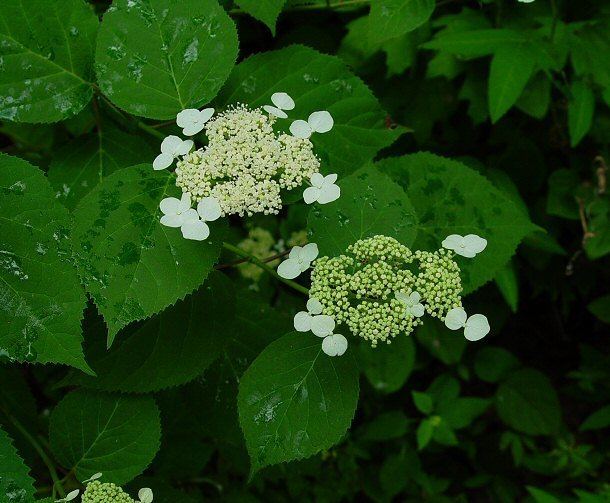 | ||
Similar Hydrangea, Panicled hydrangea, Oakleaf hydrangea, Hydrangea petiolaris, Hydrangea serrata | ||
Hydrangea arborescens
Hydrangea arborescens, commonly known as smooth hydrangea, wild hydrangea, or sevenbark, is a species of flowering plant in the family Hydrangeaceae. It is a small- to medium-sized, deciduous shrub up to 3 m (10 ft) tall that is native to the eastern United States.
Contents
- Hydrangea arborescens
- Hydrangea arborescens annabelle
- Rangehabitat
- Taxonomy
- Characteristics
- Uses
- References
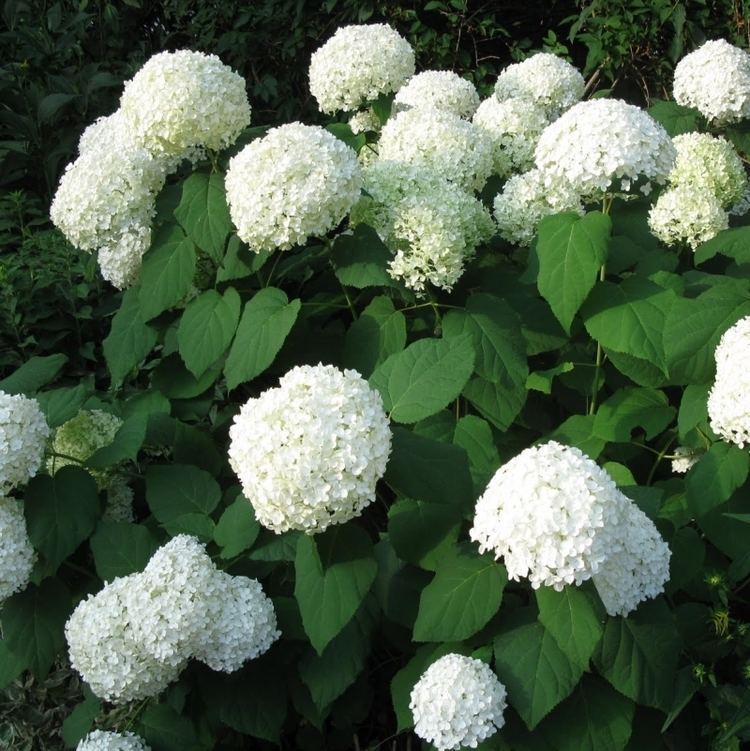
Hydrangea arborescens annabelle
Range/habitat
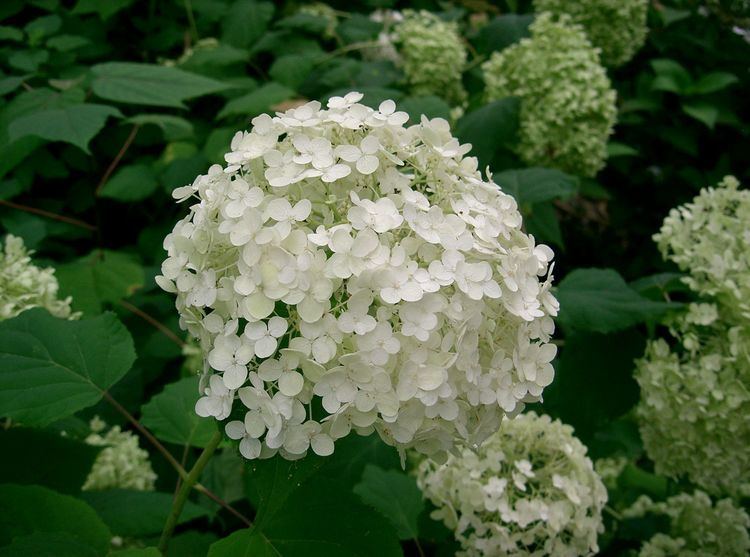
Smooth hydrangea is widely distributed across the eastern United States—from southern New York to the panhandle of Florida, west to eastern Oklahoma and southeastern Kansas. It is mainly found in moist soils under a hardwood forest canopy and is often common along woodland road banks and streams. It is common in the Delaware River Valley and in the Appalachian Mountains.
Taxonomy
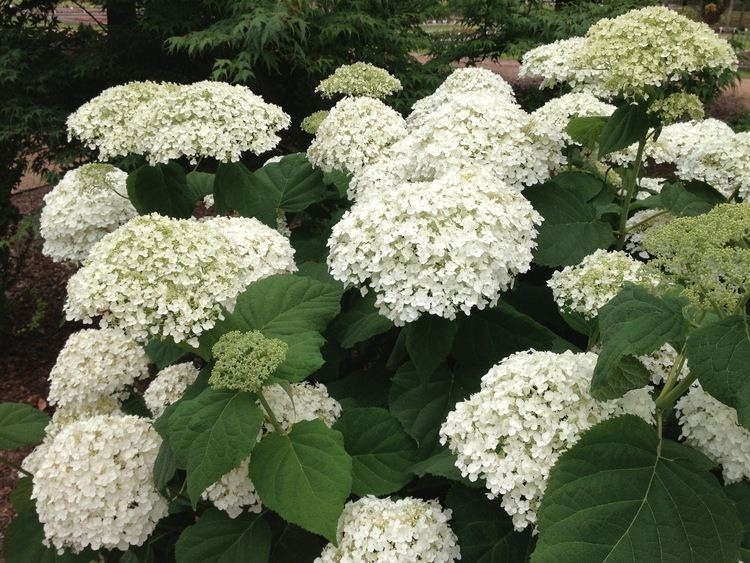
At one time both ashy hydrangea (Hydrangea cinerea) and silverleaf hydrangea (Hydrangea radiata) were considered subspecies of smooth hydrangea. However, most taxonomists now consider them to be separate species.
Characteristics
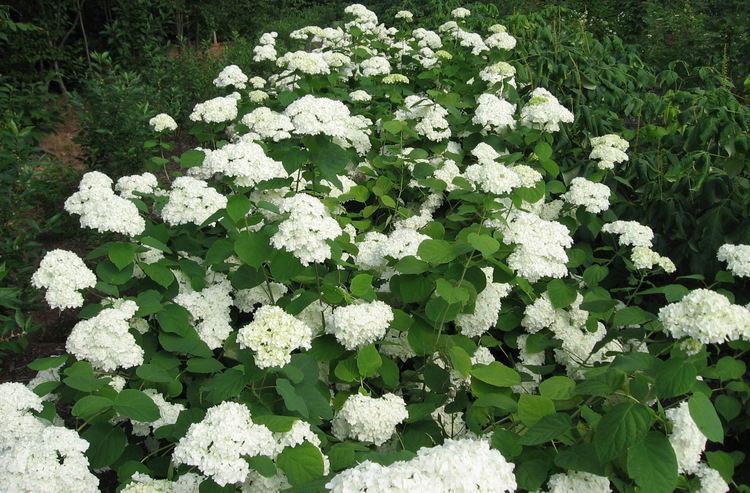
The inflorescence of smooth hydrangea is a corymb. The showy, sterile flowers are usually absent or if present they are usually less than 1 cm in diameter. Flowering occurs May to July. Fruit is a ribbed brown capsule about 2 mm long; many are produced.
The leaves of smooth hydrangea are large (8 to 18 cm long), opposite, serrated, ovate, and deciduous. The lower leaf surface is glabrous or with inconspicuous fine hairs, appearing green; trichomes of the lower surface are restricted to the midrib and major veins.
The stem bark has a peculiar tendency to peel off in several successive thin layers with different colors, hence the common name "sevenbark".
Smooth hydrangea can spread rapidly by stolons to form colonies.
Uses
This attractive native shrub is often cultivated for ornamental use. 'Annabelle' is the best known cultivar of this species; it is one of the most cold hardy of the hydrangeas. The cultivar ‘Grandiflora’ has flowers that resemble snowballs, similar to Viburnum plicatum.
Smooth hydrangea root was used medicinally by Native Americans, and later, by early settlers for treatment of kidney and bladder stones.
